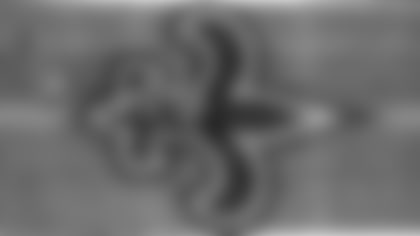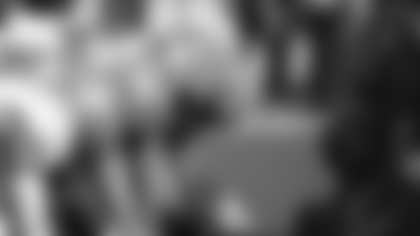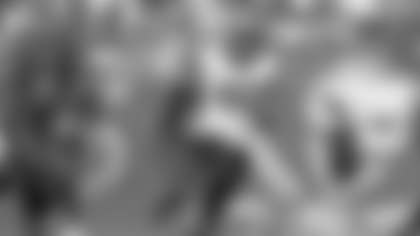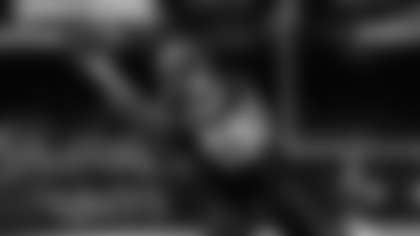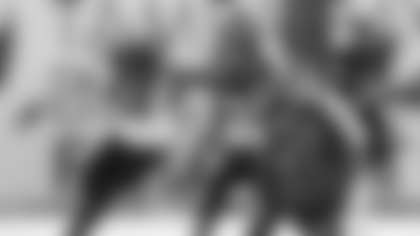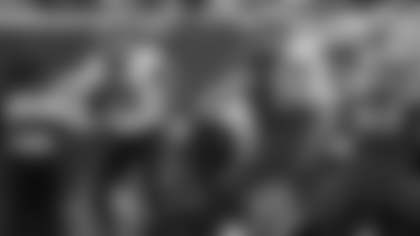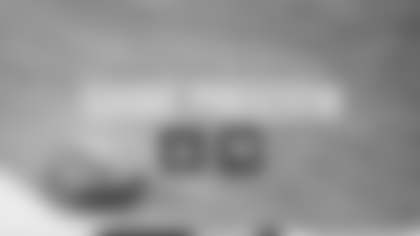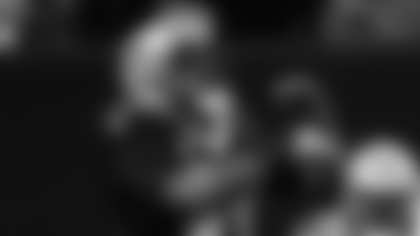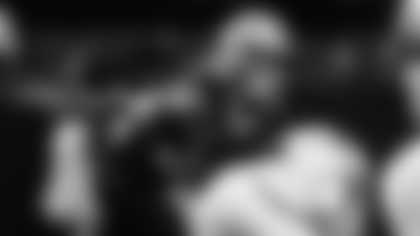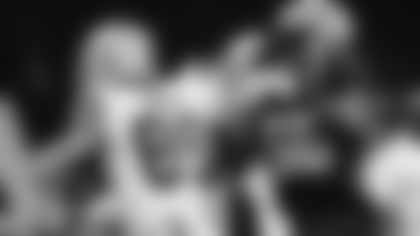Photos of Drew Brees from the 2006 season. Photos by Michael C. Hebert. New Orleans Saints photos.
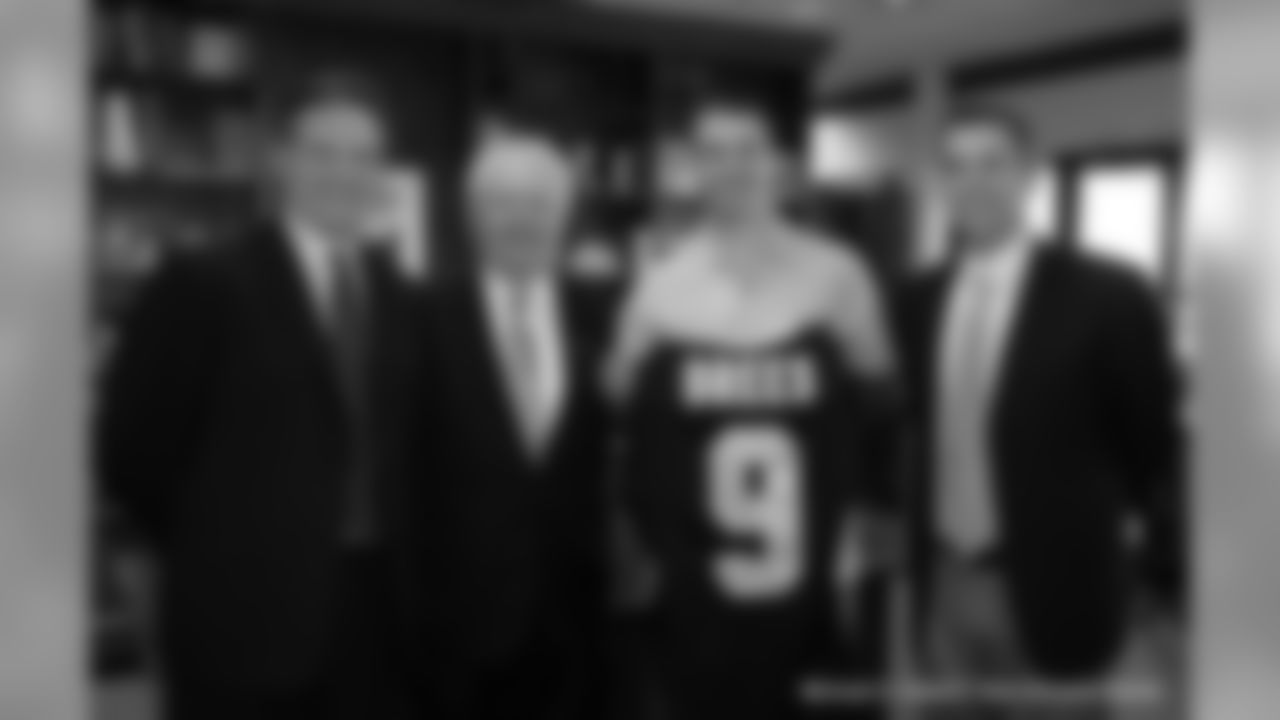
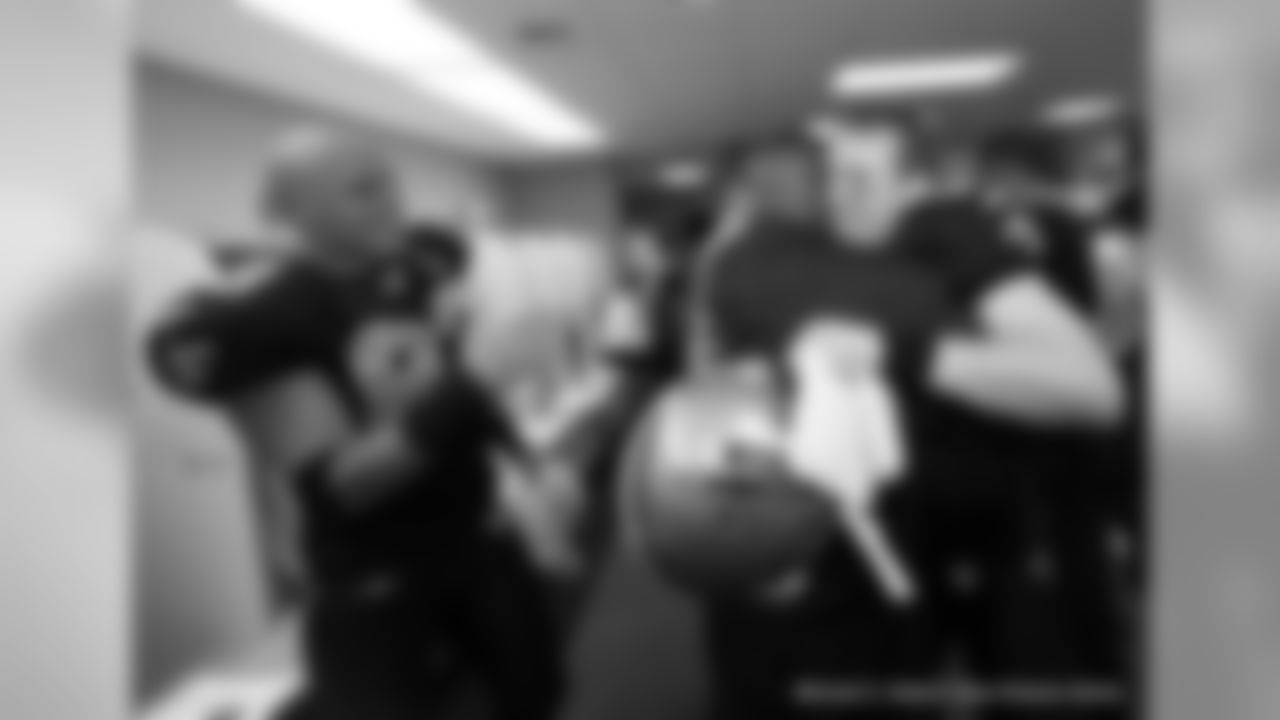
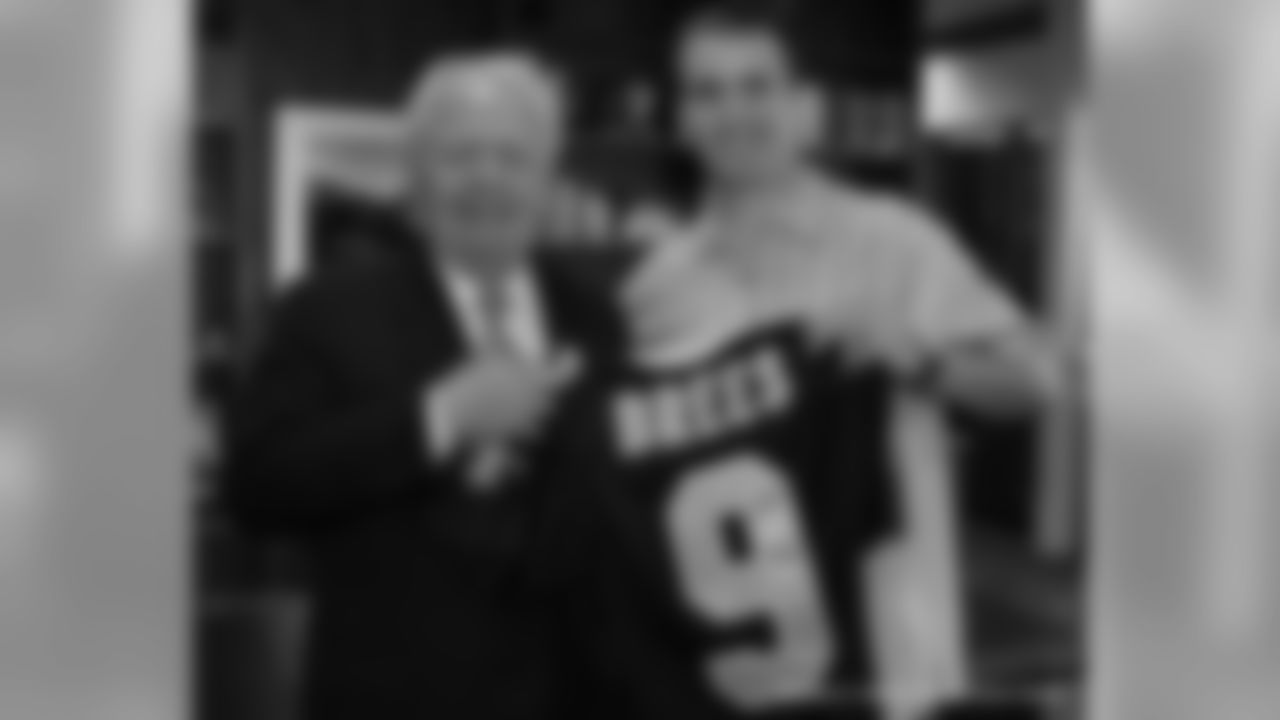
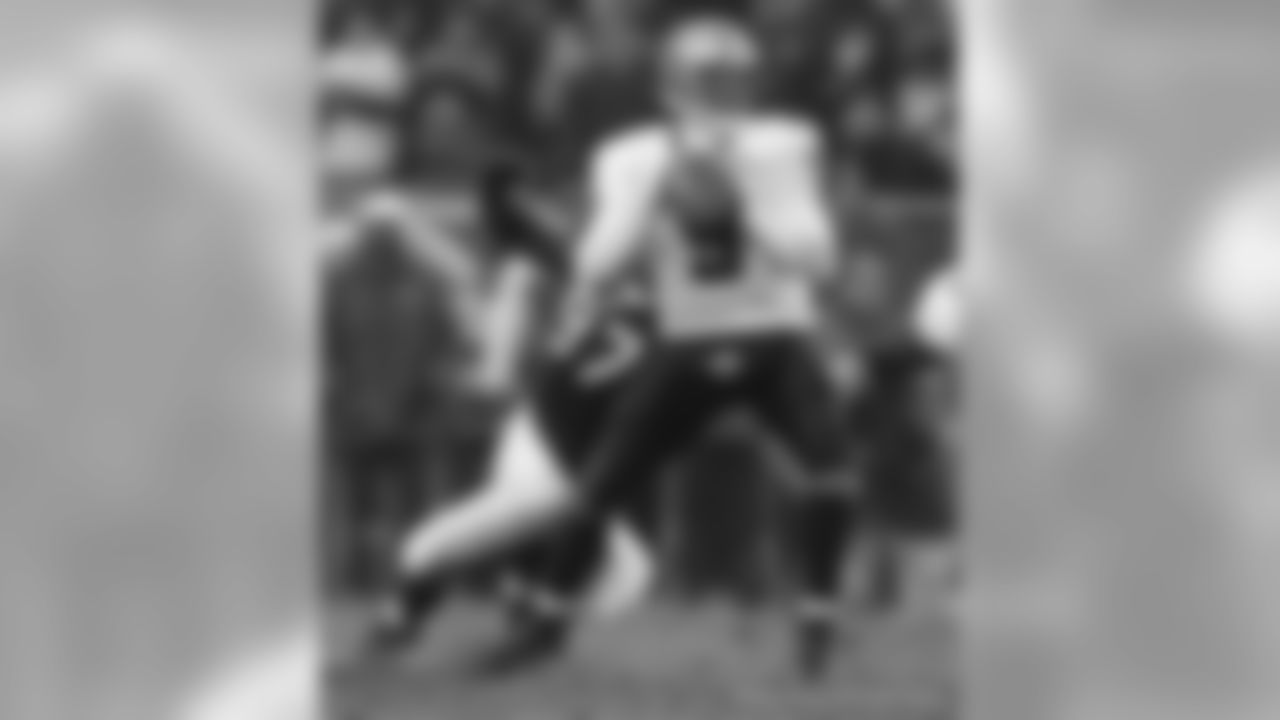
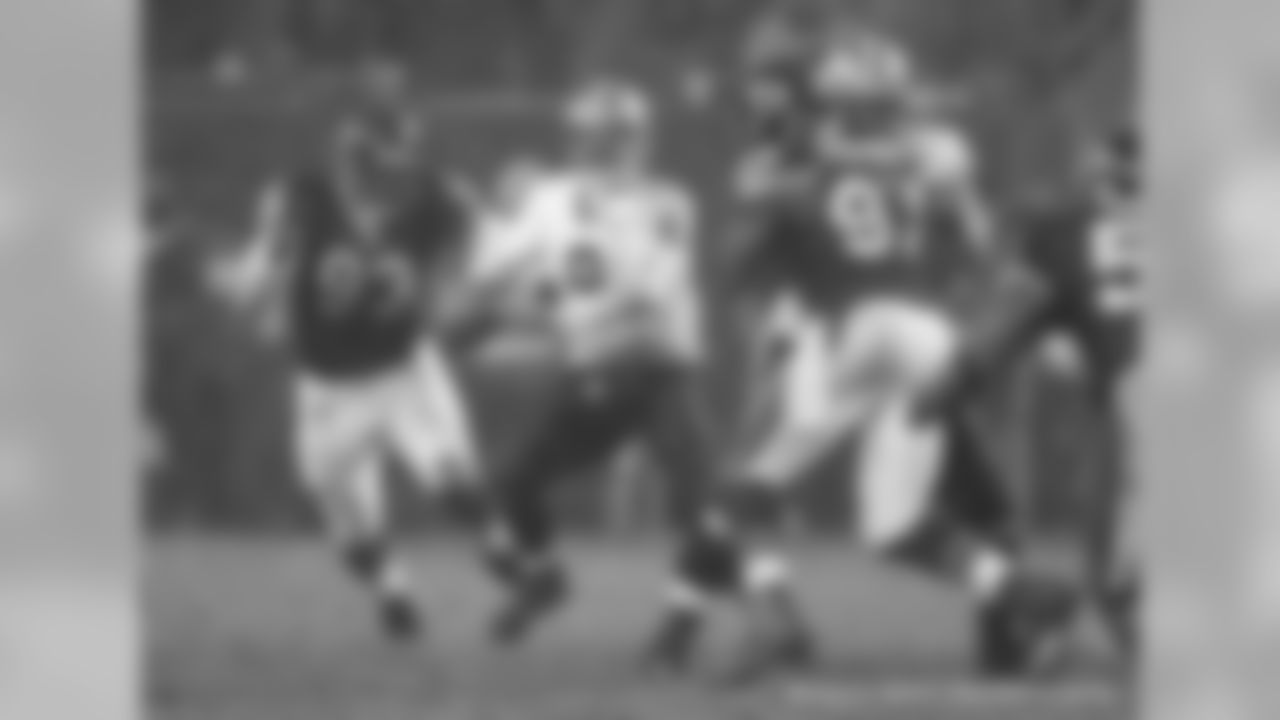
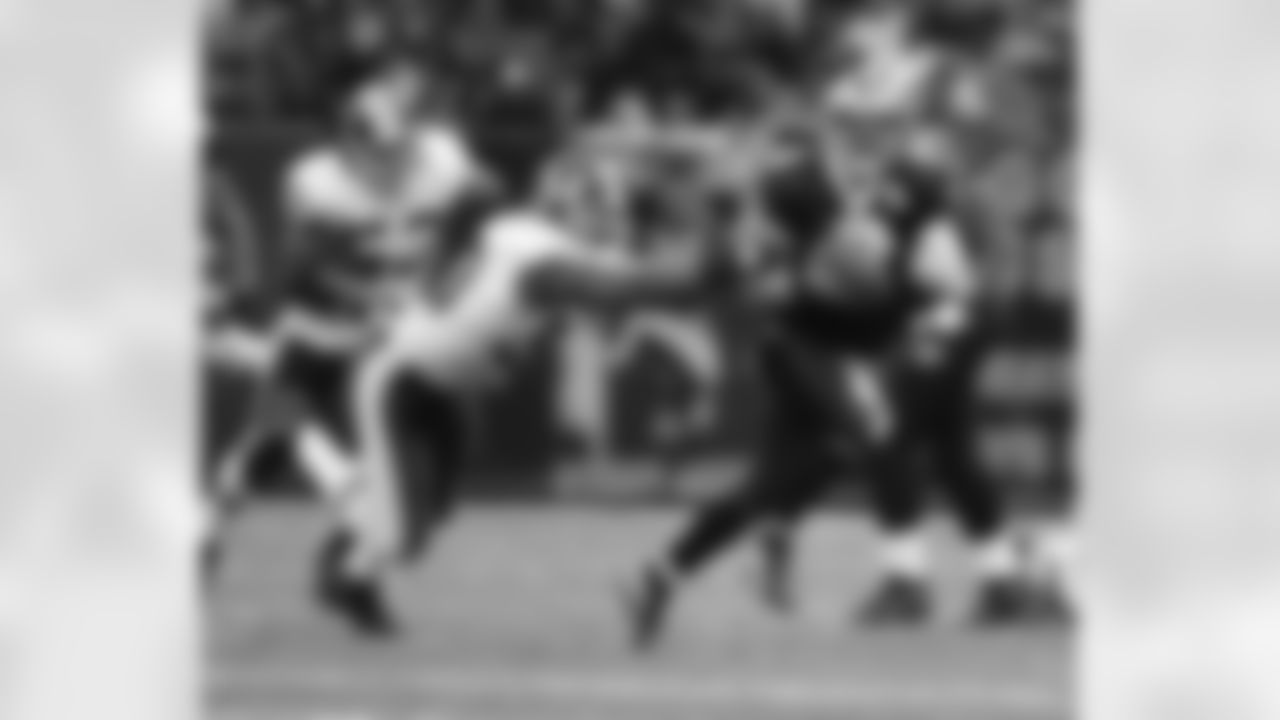
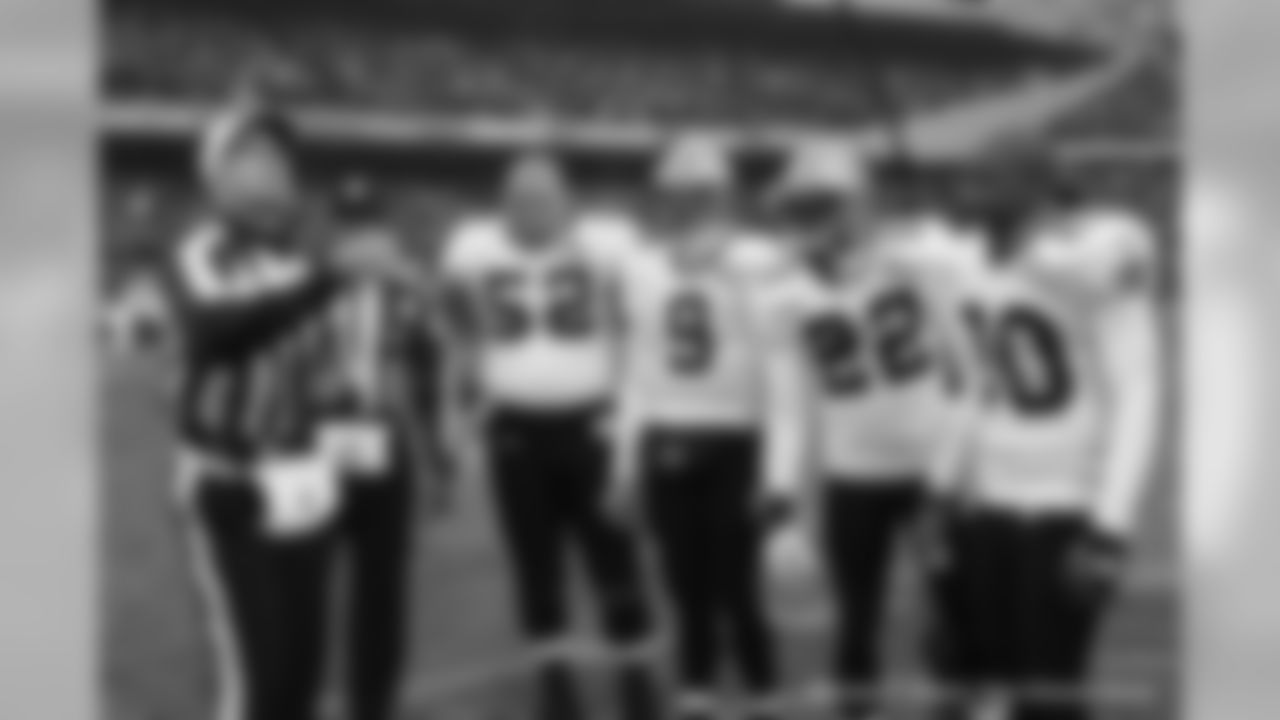
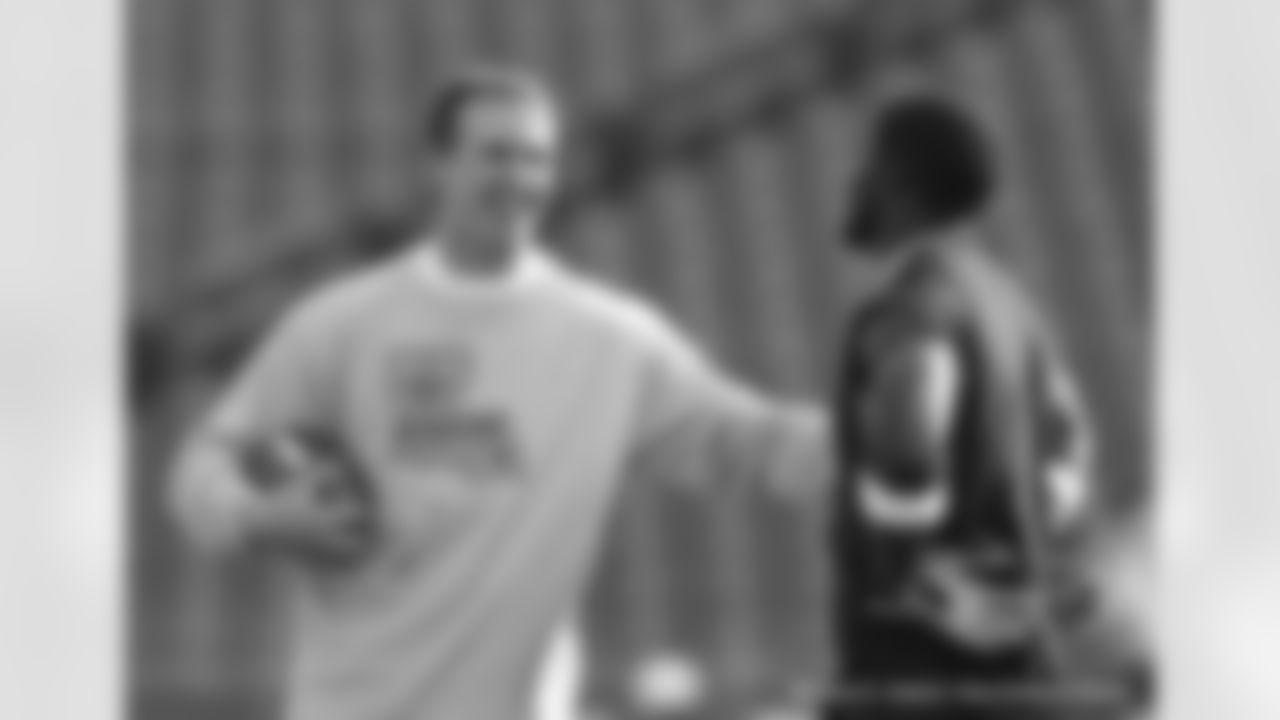
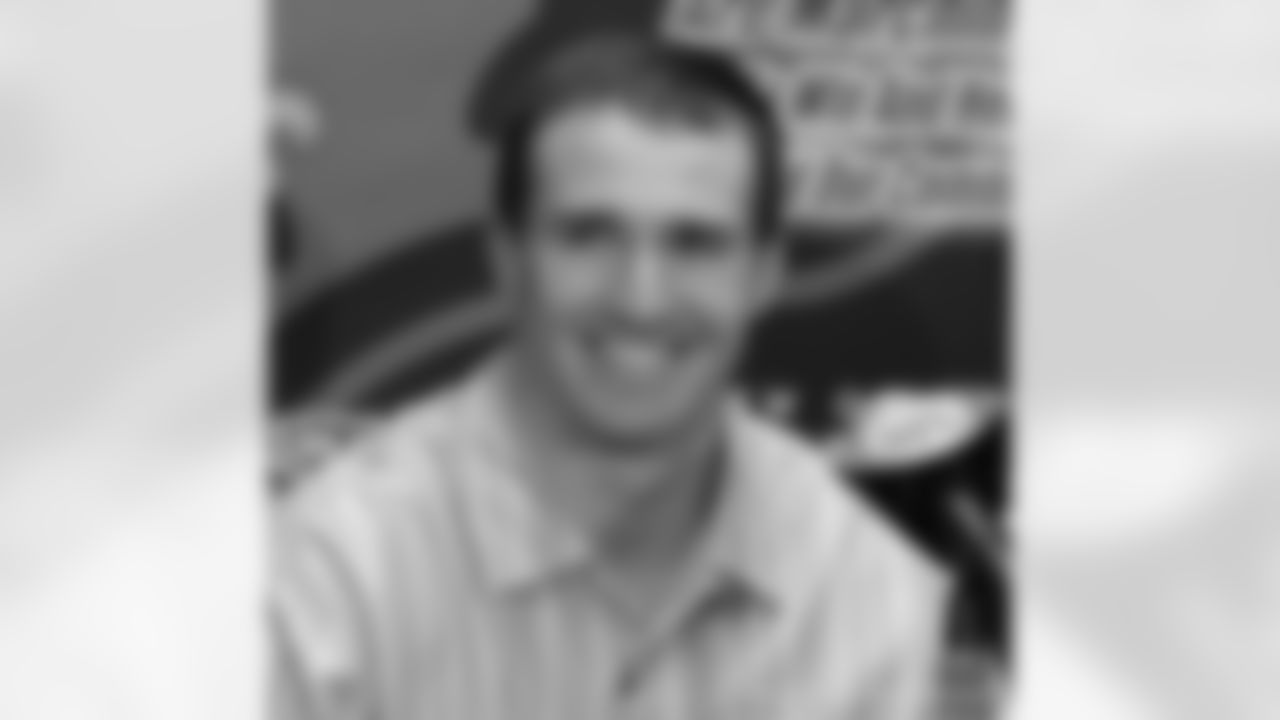
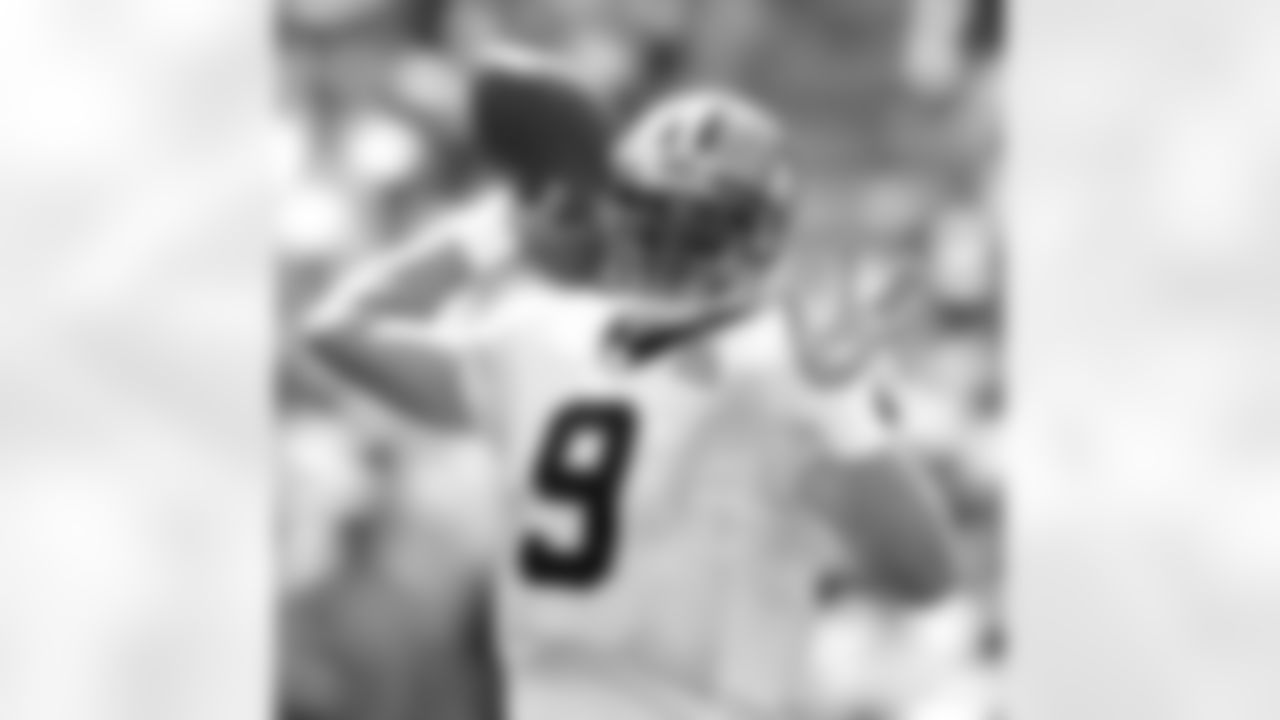

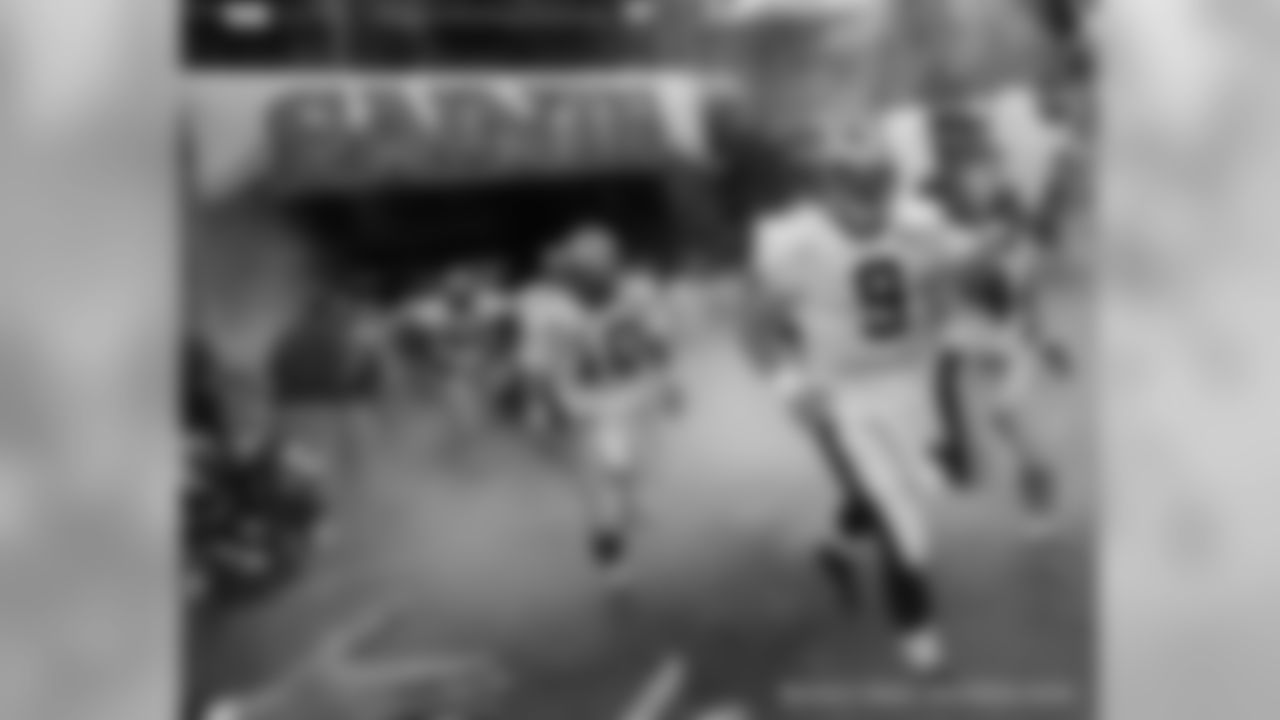
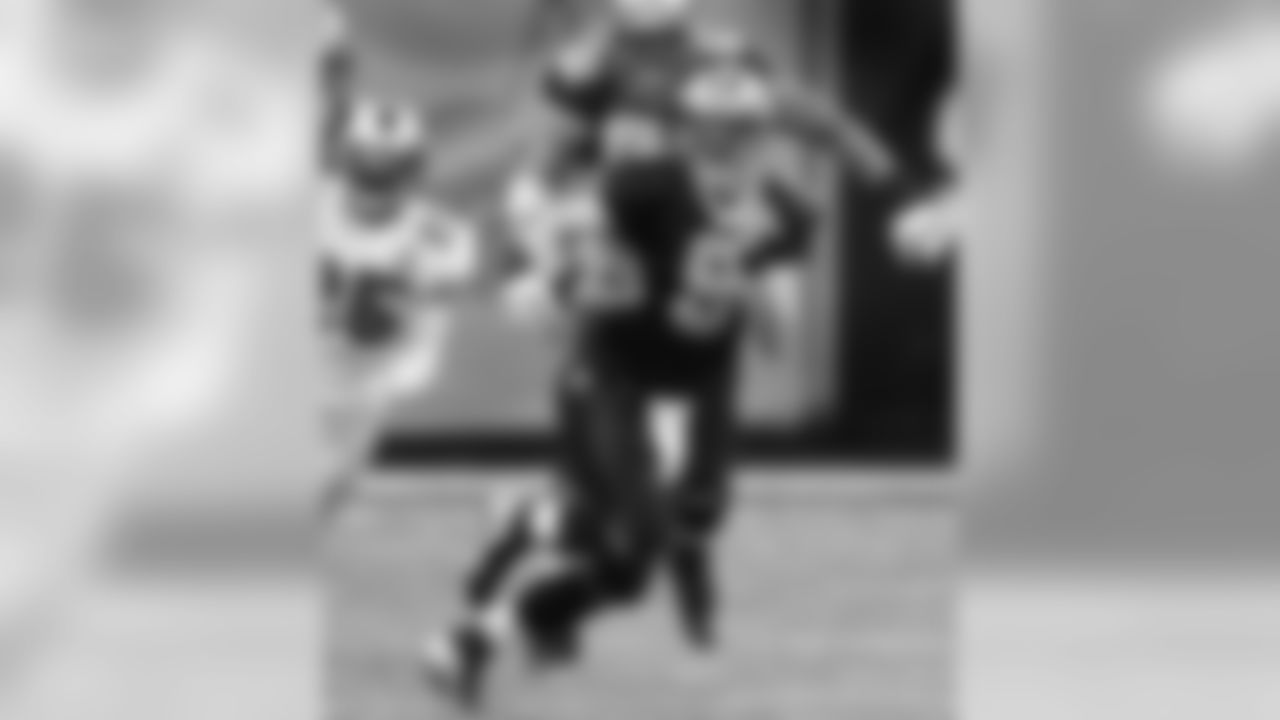
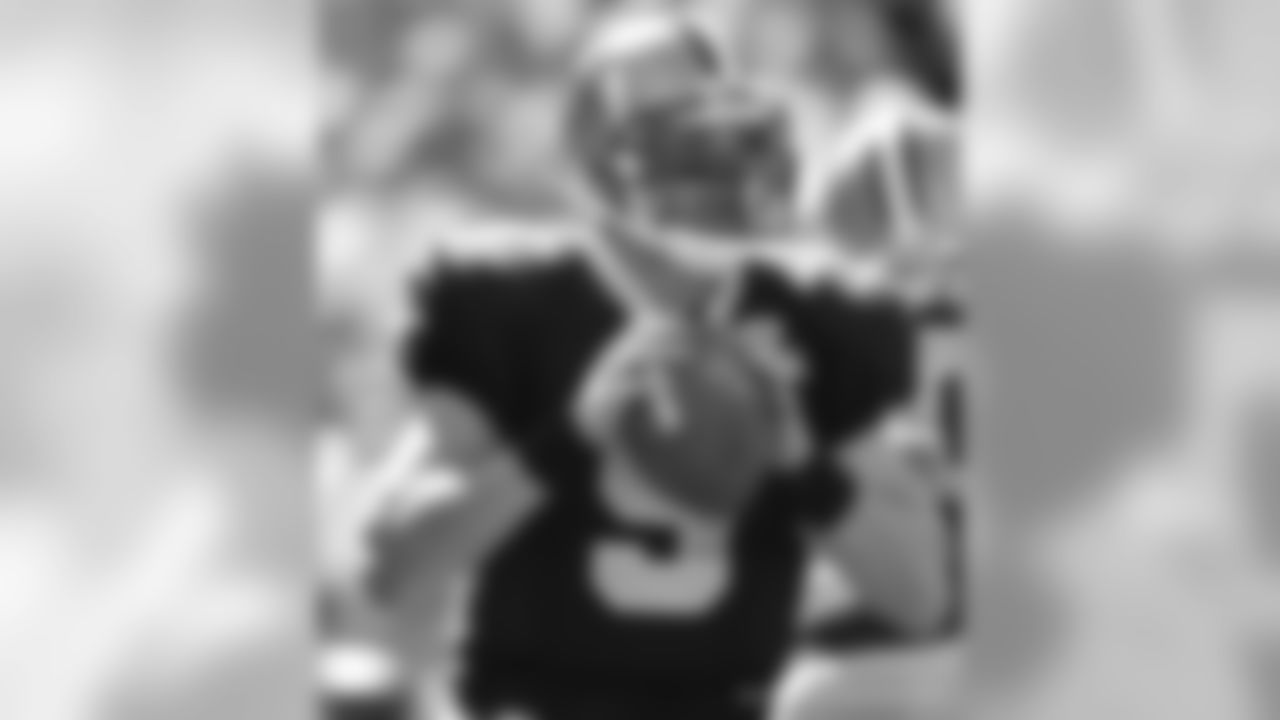
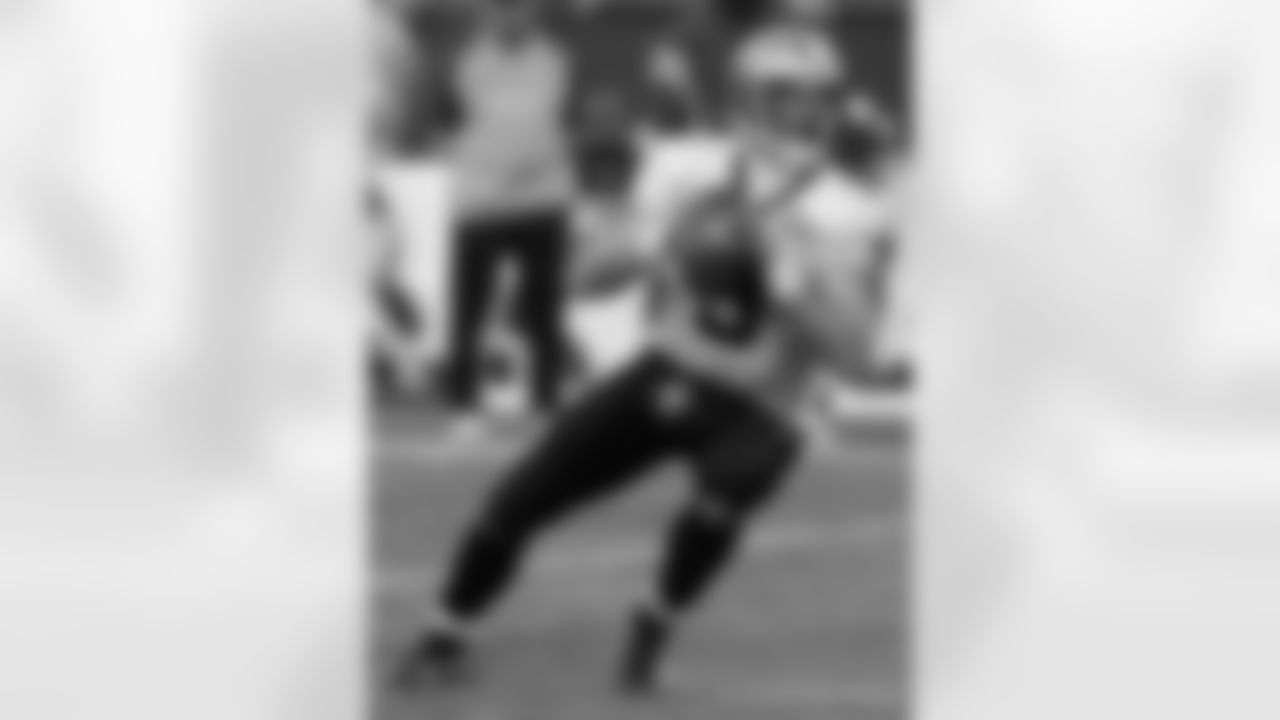
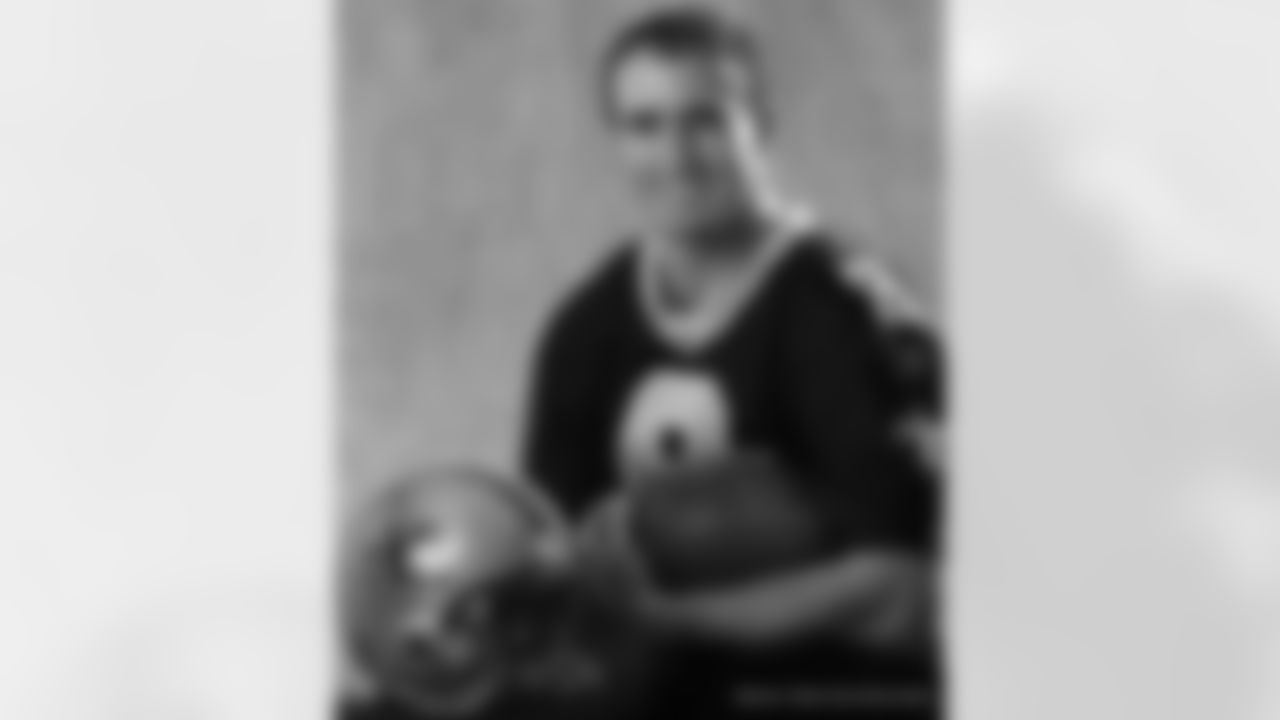
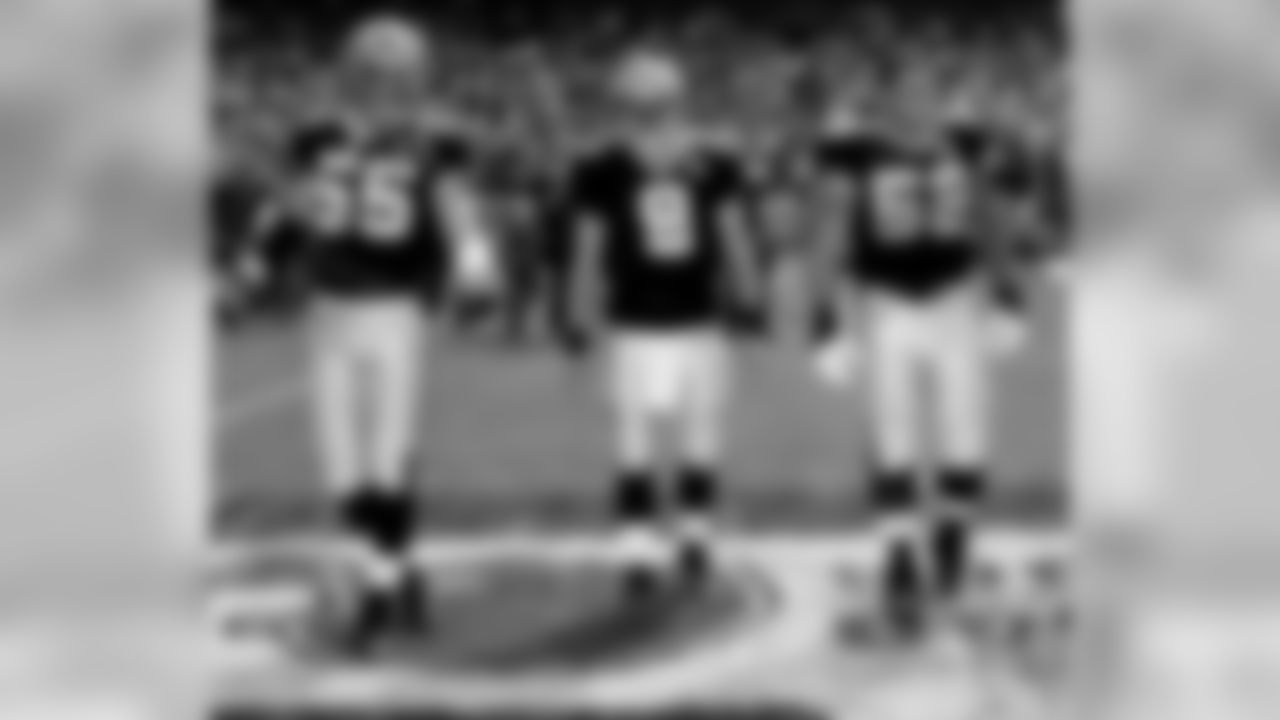
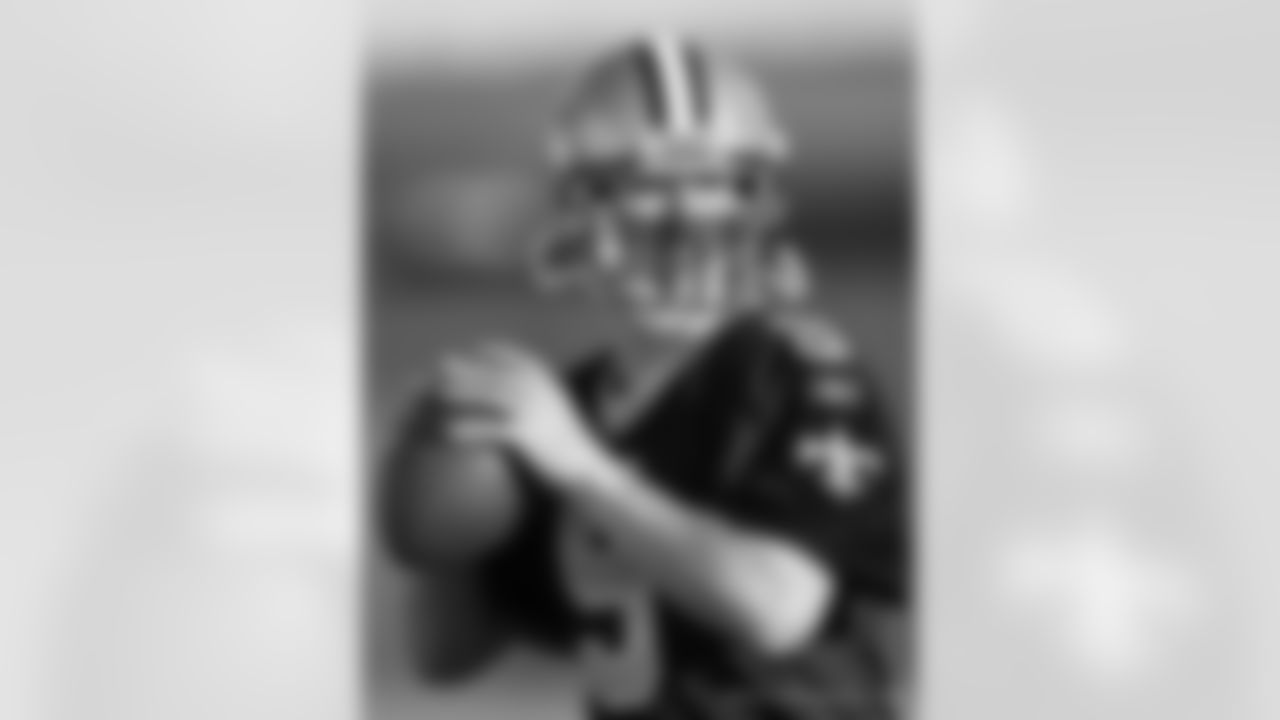
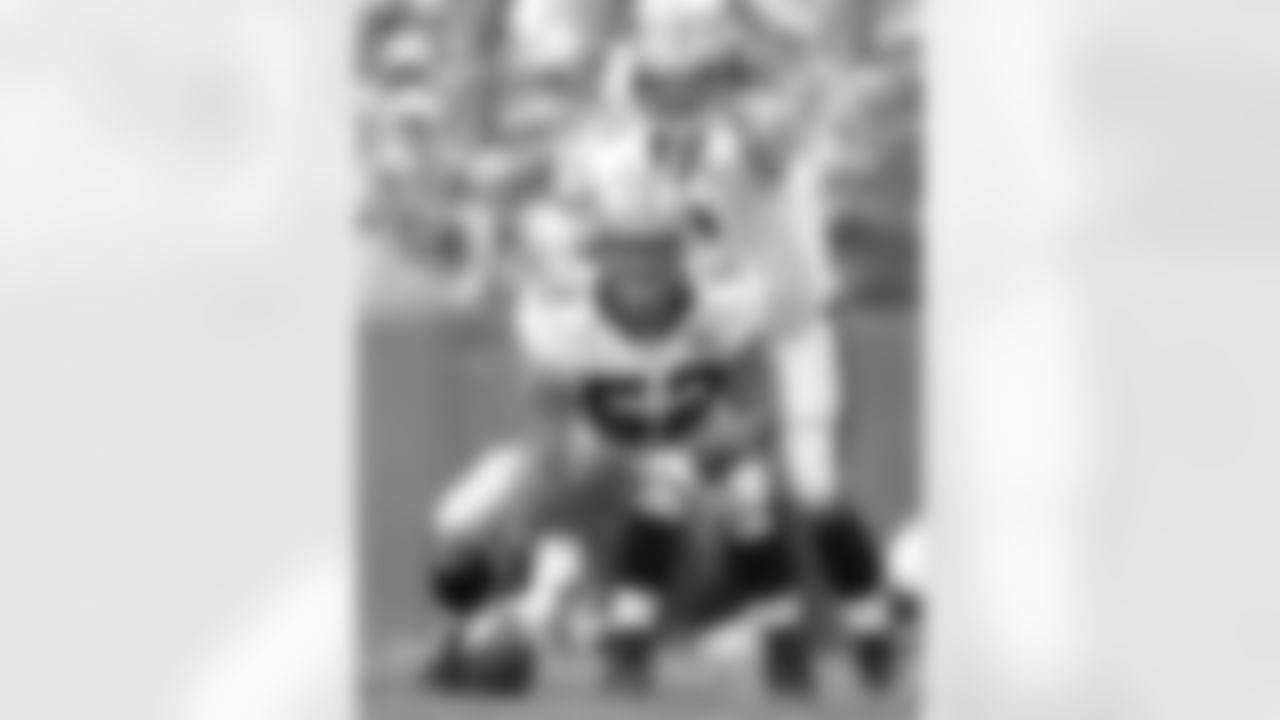
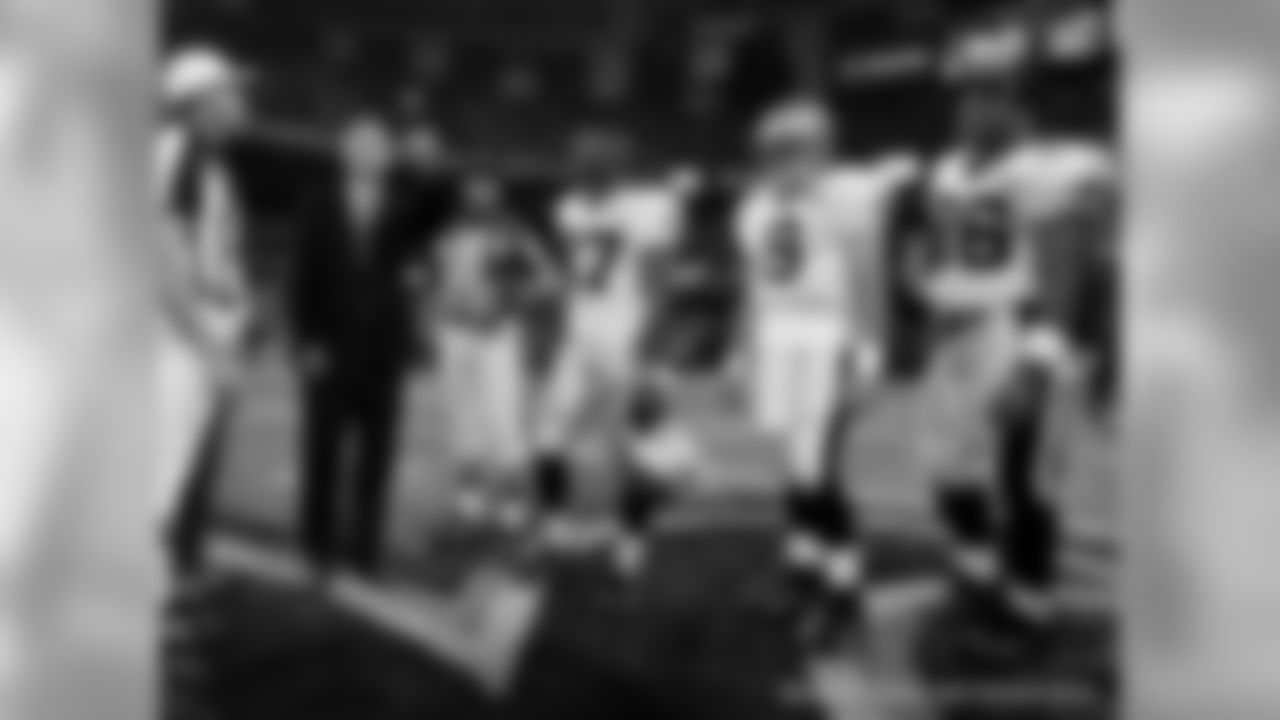
The New Orleans Saints were 2-0 but hadn't yet played a game in the Mercedes-Benz Superdome.
A few housecleaning items still had to be taken care of during the first two weeks of the 2006 regular season, understandable considering the Superdome had been unfit for much of anything after Hurricane Katrina stormed through New Orleans in late August 2005, peeling off the Superdome's roof and wreaking a level of havoc, and causing an amount of damage, that never before had been experienced in the United States.
So the re-opening of the Superdome was pushed to Sept. 25, 2006, a home game against NFC South rival Atlanta.
Ten years and one day later, the same two franchises will square off in the same venue, an anniversary game upon which all can reflect and note the progress that has been made in New Orleans' metro area, and New Orleans' football franchise.
Ten years and a day later, Saints quarterback Drew Brees still remembers exactly how he felt in the moments leading up to the game.
Here, in Brees' own words, is that gameday, which became a 23-3 Saints victory in which Brees completed 20 of 28 passes for 191 yards.
BREES
"We can say, arguably, that was the biggest game of our lives for many of us. Probably, all of us.
"We were staying at the Airport Hilton, which is quite a trek to the Dome when you think about it, especially on a day like that, for an event like that. So I thought leaving three-and-a-half hours ahead of time was plenty of time to get me there by the mandatory two hours ahead of time, which is when everybody needs to be checked into the locker room. And typically, I want to get there three hours ahead of time.
"So, I remember heading down Airline (Drive) and it was just jam packed, and I think, 'Alright, well, I'll just make my way to I-10 (East)' And I get to I-10, and it's jam packed. So I come back down to Airline and I finally get on I-10 from Airline again. So I think I went Airline, to Clearview, to I-10, and then I came back down Causeway (Boulevard), and got back on Airline and went Airline back to I-10. And now I'm sitting there backed up at the Poydras (Street) exit, staring at the Dome – and can see the Dome, clear as day. And I'm checking my watch, I looked at it at least 100 times. And I was actually sweating at this point. It was like, 10 minutes prior (to the two-hour deadline). The thought crossed my mind, more than once, to just pull the car over, park it on the shoulder, get out and start running.
"At that point it's like, I've committed, I can't pull off anywhere, I'm on the actual off ramp, the one-lane off ramp. So finally I kind of maneuver my way – I was driving, at the time, a 1997 Land Rover D90 that had a safari rack on the top. So, I get to the stadium, I've got my parking pass, and I'm pulling in and it's literally right at the two-hour limit. So I'm going to be late, but I'm just cutting it so close. So I give (the parking garage attendant) the pass, she looks up and she's like, 'Ah, that might be too high.' And I'm like, 'No, you don't understand, I have to make it work.' So, I kind of look up and I'm like, 'It's going to be fine.'
"And I pull in and it was fine, with the exception of, it had the metal piping that kind of runs along the top. And so, sure enough, that safari rack hits the metal piping. I'm not zooming in, but my foot is on the gas, and I hear the most awful scraping sound. Sparks fly. And I kind of just get stuck there for a second and I thought to myself, 'You have got to be kidding me.' So, I can't leave it like this. So I have to basically slam on the gas to spin myself out of that. And then I go right back out, and I just pull it up on the curb.
"I had already called our security guy to say, 'Hey, listen, I'm probably going to be late. Please give the head coach a heads up. I'm OK, I just got stuck in traffic. I'm sorry.' So then I call him back and I'm like, 'Listen, could you have somebody come and just take my car?' I have no idea what to do with it at this point, I just know I have to be in the locker room and it won't fit in the garage. So one of the security guys comes out and he ends up parking it right near the loading dock. I was sprinting to the locker room.
"I'm late, and at the time, I was meeting (Coach) Sean (Payton) beforehand to go through the plays and I missed that entire meeting with him. I run in and he kind of looks at me, and they had told him that I was going to be late. He kind of gave me that dumbfounded look and I'm just like, 'Coach, I'm so sorry.' He's like, 'Listen, calm down. It'll be fine. Do what you've got to do.'
"So, I go out – we had been in the Dome for practice, but I'd never played in it, so I didn't know what that gameday atmosphere was going to be like. So I walked in and I'm looking around, and still my heart is just racing, racing. And I'll always remember, (Saints General Manager) Mickey Loomis came over, he heard what happened, he kind of came over and he was smiling, kind of chuckling a little bit. And he was like, 'Listen, just relax. You're going to play great, we're going to win this game. Nothing to worry about. You're here. That's all that matters.' So, I took a deep breath and I was good. But that was scary.
"Listen, that's the dream. I think everybody has had that dream – every athlete has had that dream of, you're late to the game. Pull up to the stadium, ball is being kicked off. That was happening. I thought that was really happening. It was no longer just a dream. That was a nightmare. It was reality."
WHAT WAS THE EMOTION OF THE GAME?
Beyond the rush to arrive, there was a natural emotion to the game. The Saints hadn't played in the Superdome since Dec. 26, 2004. Fans, despite their hardships, were eager to see the undefeated team and to be part of the re-opening celebration. Then, the game began.
"The obvious (emotional memory) is when (Steve) Gleason blocks the punt. The place just erupts and you're just sitting there going, 'How do we not win this game at this point? How do we not win this game?' I think that's when the feeling took over everybody.
"We've had a chance to be a part of some really cool stuff. But that started it all, that's for sure."
THE REST…
Brees, whose memory is legendary, doesn't remember a whole lot about that Monday night game.
"I remember the blocked punt. I remember Devery (Henderson), on the reverse, scoring (on an 11-yard run), which was called 'Superdome Special.' But other than that, no, the rest of it's a blur."
THE FIRST LOOK
Saints players and coaches actually got a first look at the restored venue, when they went there for a night practice.
"I'll always remember that. We go (to the Dome) for a night practice on what would be a Friday practice, or a Saturday night before the Monday game, and at the end of practice he calls us all up and then turns out the lights. And play a video for us, just documenting Katrina – basically, what that Dome had been to so many people. It was basically a refugee camp for so many people for a period of time. The roof had blown off, it was leaking. You got to see image of it then, and then you were looking around going, 'Wow' – the transformation and the revival.
"Also, that was around the time of (New Orleans native, and current Alabama basketball coach) Avery Johnson coming and talking to us. And I remember his message was, 'Seize the second.' So it was very much, be in the moment with everything that you're doing. Seize the opportunity, seize the second, each and every second. Don't let it pass you by, don't take it for granted. That certainly applied to that night, too."
THE NUMBERS
On Wilt Chamberlain's record-setting, 100-point scoring game in the NBA on March 2, 1962, the official boxscore lists 4,124 fans in attendance. As the years progressed, millions swore to have been in attendance.
Likewise for the Saints.
The official attendance for the Dome re-opening game was listed at 70,003. Multiply that by 100 or 1,000 – that likely is the number of people who currently would claim to have been there. But Brees understands why.
"I think it was one of those where if you had any connection with what was happening – whether you were watching on TV, or whether you were there, or whether you were just enjoying the festivities outside the stadium – you were there. You felt it. So that's what people mean when they were there: They felt it."


